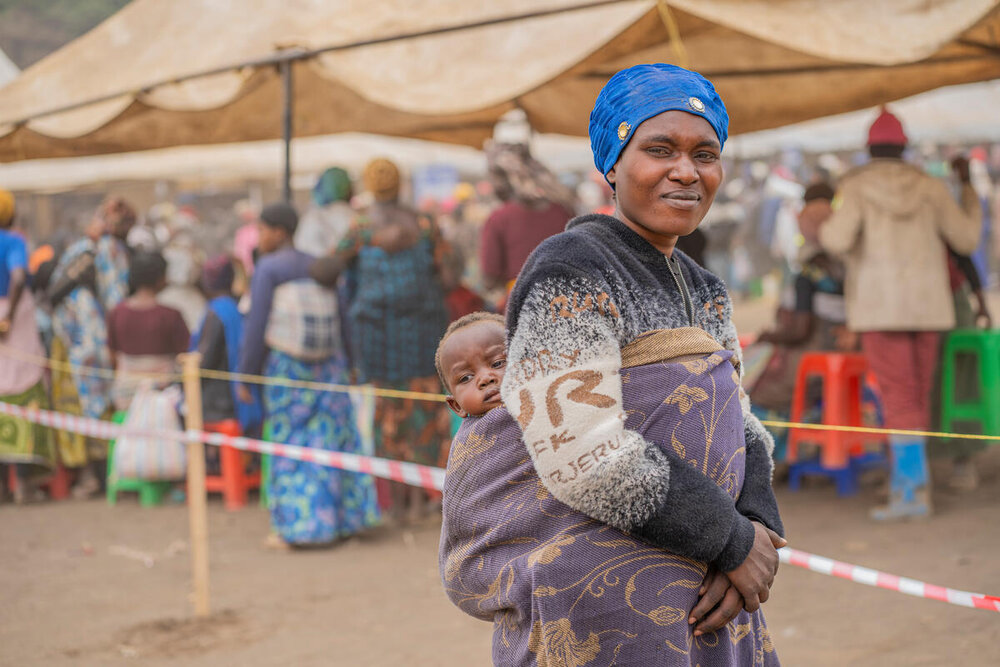The closure of USAID “U.S. Agency for International Development” earlier this year has dealt a severe blow to Somalia’s economy, tax revenues, and humanitarian efforts, according to the head of the country’s development bank.
Hodan Osman, President of the Somali Development and Reconstruction Bank, told the Financial Times Africa Summit in London that the aid cuts have significantly impacted Somalia’s GDP and overall economic activity.
“The closure of USAID has deeply affected our economy in ways we didn’t fully anticipate,” Osman said. She explained that reductions in foreign aid have disrupted business activity and lowered sales tax revenues, limiting government capacity to respond to public needs.
Closure of USAID Deepen Economic Strain
The economic pressure comes after U.S. President Donald Trump slashed foreign aid spending and shut down USAID earlier this year.
For decades, the agency supported development projects in health, education, and infrastructure across the globe, including Somalia.
Osman emphasized that the sudden withdrawal of this support has created a ripple effect throughout the country’s fragile economy, worsening conditions for both public institutions and private citizens.
Growing Famine Risk Due to the Closure of USAID
Beyond the economic shock, aid cuts are driving a deep humanitarian crisis.
Nasir Arush, Minister of Humanitarian Affairs in Somalia’s South West State, warned that parts of the region are now at serious risk of famine in early 2026.
“The number of people in food emergency conditions has tripled this year,” Arush said, highlighting that reduced food assistance has left thousands of families struggling to survive.
Data from the Food Security and Nutrition Assessment Unit (FSNAU) shows a dramatic increase in hunger.
The number of people facing IPC Level 4, or “food emergency,” has jumped from 72,000 earlier this year to 227,000 in South West State alone — an area with a population of 4.2 million.

Echoes of the 2011 Famine
Experts fear a repeat of the devastating 2011 famine, which claimed an estimated 260,000 lives.
South West State, the epicenter of that crisis, remains one of the most vulnerable regions.
Due to recurring droughts, conflict, and limited access to humanitarian aid.
Arush noted that in previous crises, international donors, especially from the U.S. and U.K, stepped in to prevent large-scale catastrophe.
But this time, he says, help has been slower.
“Usually when an emergency is declared, donors reprogram funds to respond quickly. This year, very little of that is happening,” he explained.
Humanitarian System Under Pressure
According to the United Nations Office for the Coordination of Humanitarian Affairs (OCHA), only 21% of the $1.4 billion funding appeal for Somalia has been met this year.
This is less than half of last year’s level.
OCHA Somalia head, Crispen Rukasha, warned that the funding shortfall has forced many organizations, especially local NGOs, to scale back their operations.
4.4 Million Somalis Face Food Crisis or Emergency Levels (IPC 3 and IPC 4)
“Partners are extremely constrained,” Rukasha said.
“In some areas, where there used to be ten clinics, now there’s only one.
The remaining centers are overwhelmed.”
Across Somalia, 4.4 million people are now classified as facing food crisis or emergency levels (IPC 3 and IPC 4).
Of particular concern are the 1.9 million children under five suffering from acute malnutrition — including 400,000 who are in life-threatening condition.
A Plea for Renewed Support
Humanitarian experts warn that the situation could deteriorate further in 2026 if international donors do not act.
Aid cuts, combined with ongoing conflict and erratic rainfall, are threatening to push more regions toward famine.
Arush said: “We continue to visit embassies in Mogadishu and Nairobi to update our partners.
We remain hopeful that the global community will step forward once again to prevent another tragedy.”
Despite donor fatigue, Somali officials say that renewed international cooperation is essential to avoid a repeat of the past. The coming months — and the global response — will determine whether Somalia can avert another catastrophic famine.
Source: Yahoo News


